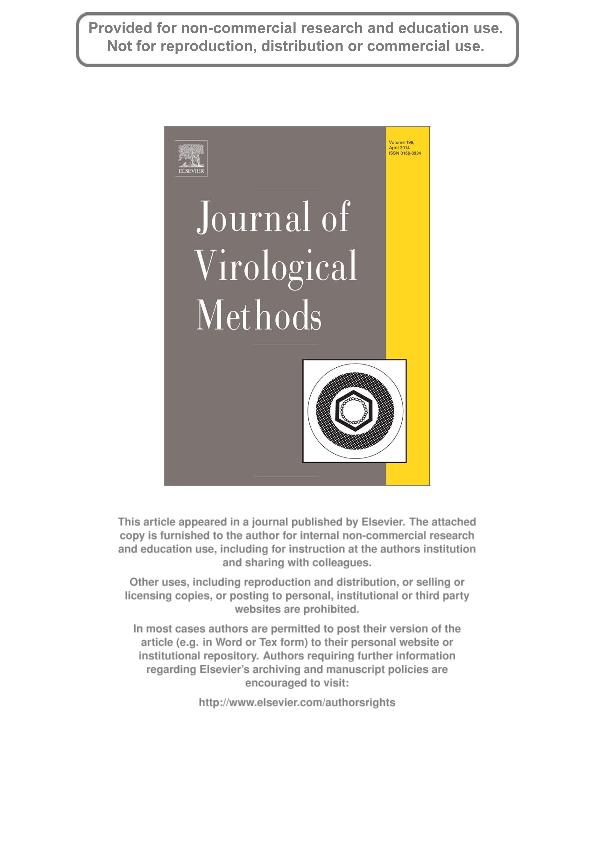Artículo
Artificial microRNAs as antiviral strategy to FMDV: structural implications of target selection
Gismondi, Maria Ines ; Ortiz, Xoana P.; Currá, Anabella Paola
; Ortiz, Xoana P.; Currá, Anabella Paola ; Asurmendi, Sebastian
; Asurmendi, Sebastian ; Taboga, Oscar Alberto
; Taboga, Oscar Alberto
 ; Ortiz, Xoana P.; Currá, Anabella Paola
; Ortiz, Xoana P.; Currá, Anabella Paola ; Asurmendi, Sebastian
; Asurmendi, Sebastian ; Taboga, Oscar Alberto
; Taboga, Oscar Alberto
Fecha de publicación:
01/2014
Editorial:
Elsevier
Revista:
Journal of Virological Methods
ISSN:
0166-0934
Idioma:
Inglés
Tipo de recurso:
Artículo publicado
Clasificación temática:
Resumen
RNA interference (RNAi) appears as a promising strategy to control virus replication. While the antiviral power of short-hairpin RNAs or small-interfering RNAs against FMDV has been demonstrated widely, safer RNAi effectors such as artificial microRNAs (amiRs) have not been evaluated extensively. In this work, transgenic monoclonal cell lines constitutively expressing different amiRs targeting FMDV 3D-coding region or 3´UTR were established. Certain cell lines showed an effective, sequence-specific amiR-mediated silencing activity that was accomplished by degradation of the target mRNA, as demonstrated in co-transfection experiments of reporter genes fused to FMDV target sequences. However, FMDV replication in these amiR-expressing cells was affected barely. Experiments aimed at elucidating the cause of RNAi failure demonstrated limited accessibility of the targeted region in the molecular environment of the viral RNA. Since RNAi is mediated by large-dimension silencing complexes containing the siRNA and not simply by a linear oligonucleotide, we propose that target selection should consider not only the local RNA structure but also the global conformation of target RNA.
Palabras clave:
Artificial Micrornas
,
Antiviral
,
Fmdv
,
Accessibility
,
Rna Structure
Archivos asociados
Licencia
Identificadores
Colecciones
Articulos(SEDE CENTRAL)
Articulos de SEDE CENTRAL
Articulos de SEDE CENTRAL
Citación
Taboga, Oscar Alberto; Currá, Anabella Paola; Gismondi, Maria Ines; Asurmendi, Sebastian; Ortiz, Xoana P.; Artificial microRNAs as antiviral strategy to FMDV: structural implications of target selection; Elsevier; Journal of Virological Methods; 199; 1-2014; 1-10
Compartir
Altmétricas



